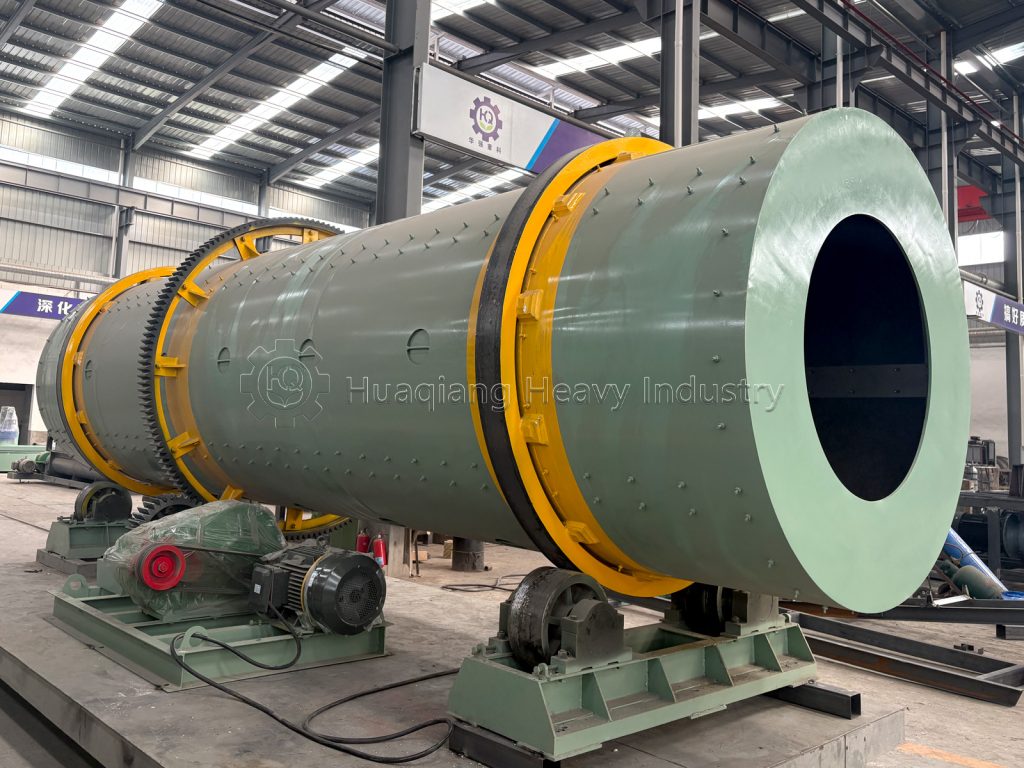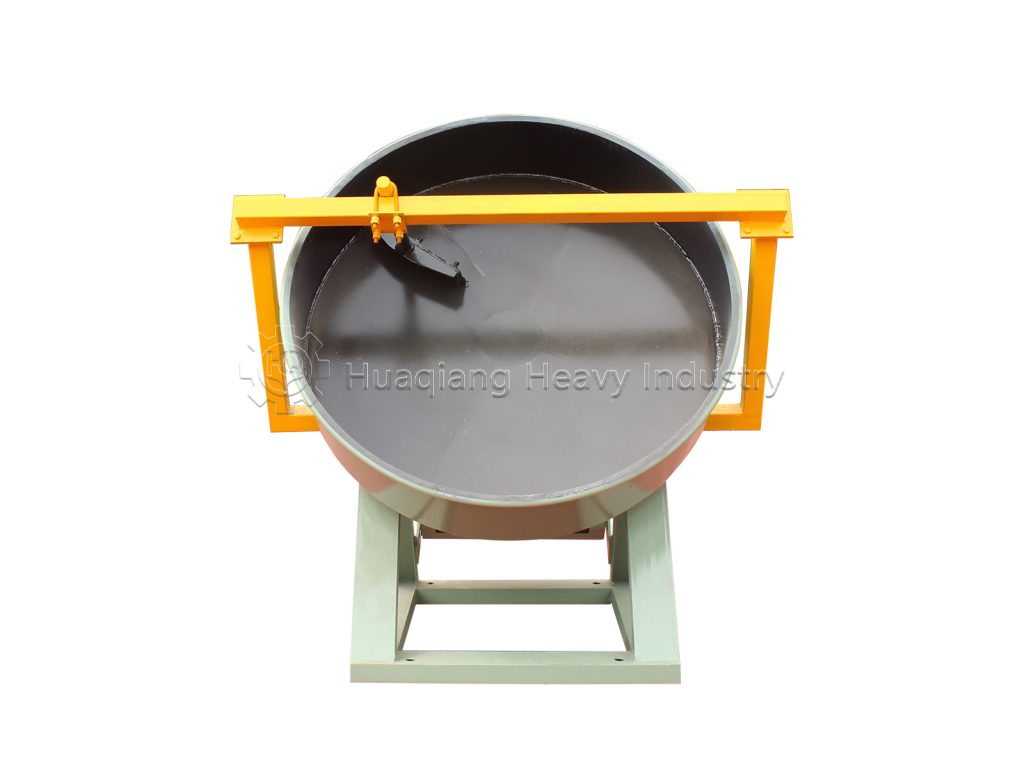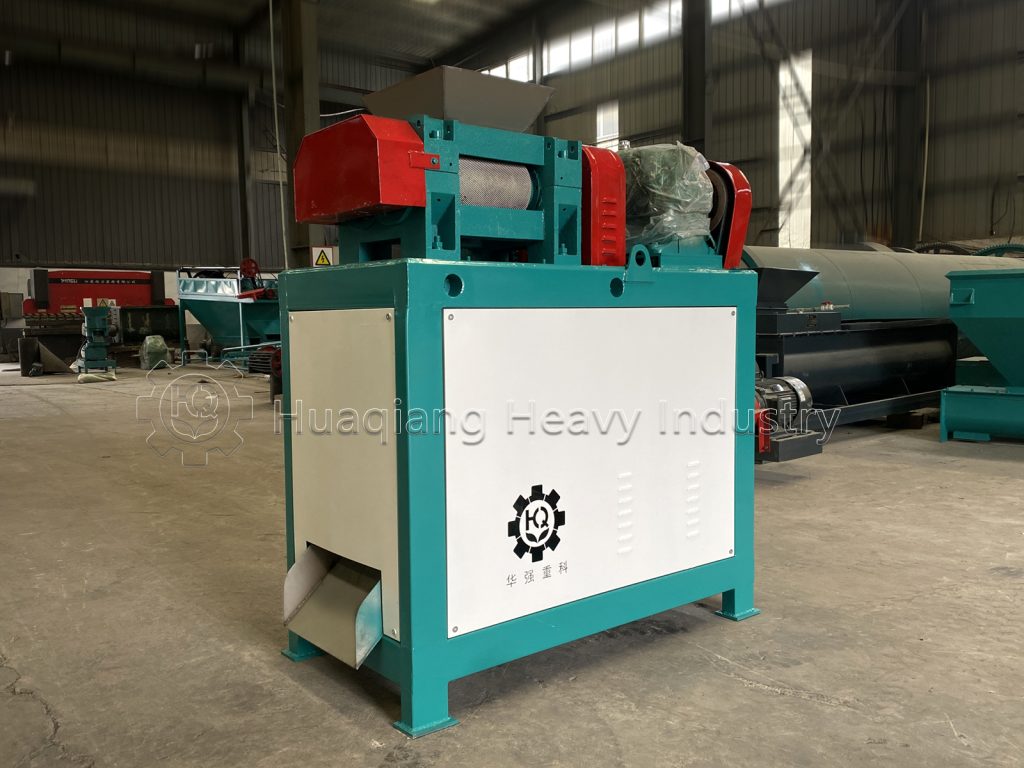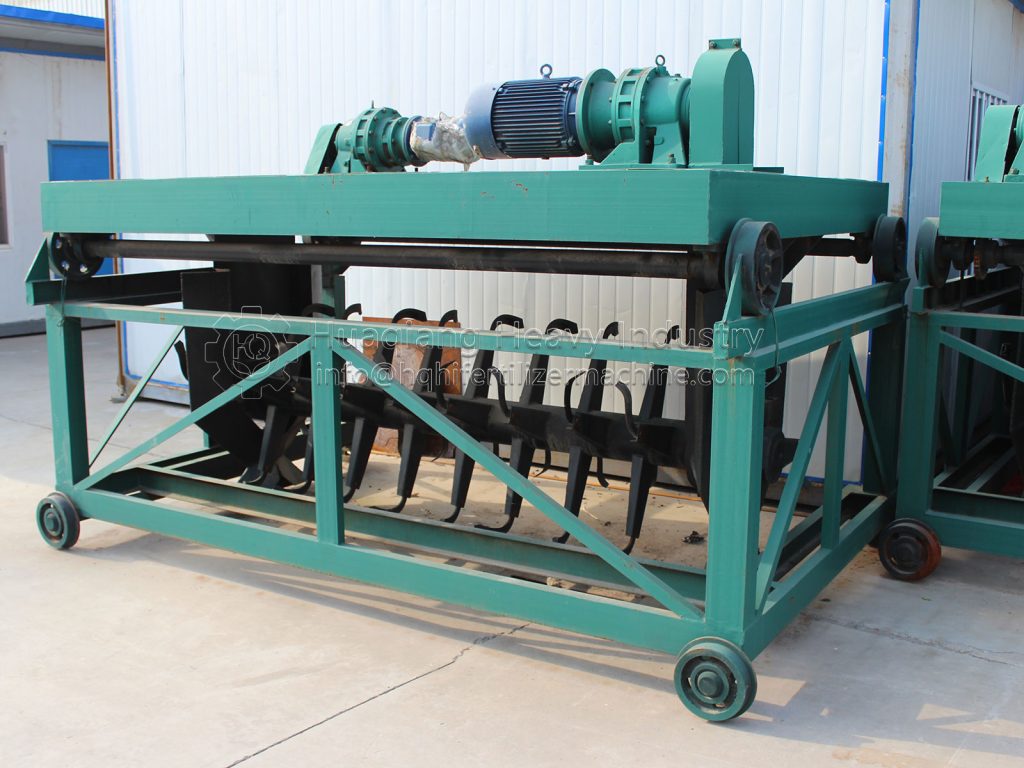How to Process Compound Fertilizer Using a Rotary Drum Granulator
With the development of agriculture and technological advancements, market demand has become increasingly diversified. Rotary drum granulators have also attracted significant attention for their high efficiency, ease of operation, and excellent granulation results, making them a standout among other fertilizer granulators.

In the fertilizer production process, fertilizer granulators are crucial for determining fertilizer yield and quality. The quality of this equipment directly impacts the user’s economic benefits. During the rotary drum granulator production process, increasing the material temperature is necessary to improve the solubility of the granules. To reduce heat energy consumption during the drying process, the performance of the granulator must be effectively maintained.
To reduce production costs throughout the fertilizer production process, low energy consumption and high efficiency must be achieved at every stage of the granulation process. A high granulation rate in a rotary drum granulator ensures consistent production. To ensure this high granulation rate, the smoothness of the granulator’s inner wall must be enhanced. A smooth inner wall reduces friction, allowing the material to roll back and forth and quickly form granules. Our rotary drum granulator differs from traditional granulators. As the granulator’s lining rotates upward with the drum, it sags due to its own weight, allowing any material adhering to the lining to fall due to gravity, thus automatically removing lumps. Furthermore, this reduces the amount of water added during the granulation process, thereby alleviating the drying load during fertilizer processing.
In fertilizer production, large-scale rotary drum granulators can be equipped with two drum fertilizer screeners. The first is used to remove fines and small particles. The second drum fertilizer screener has two screen sections. One section, with a small mesh, selects particles that meet the requirements. These particles are then conveyed by a conveyor to the packaging machine. The other section, with a mesh, removes oversized particles, which are directly sent to a chain crusher for crushing before returning to the granulator.


